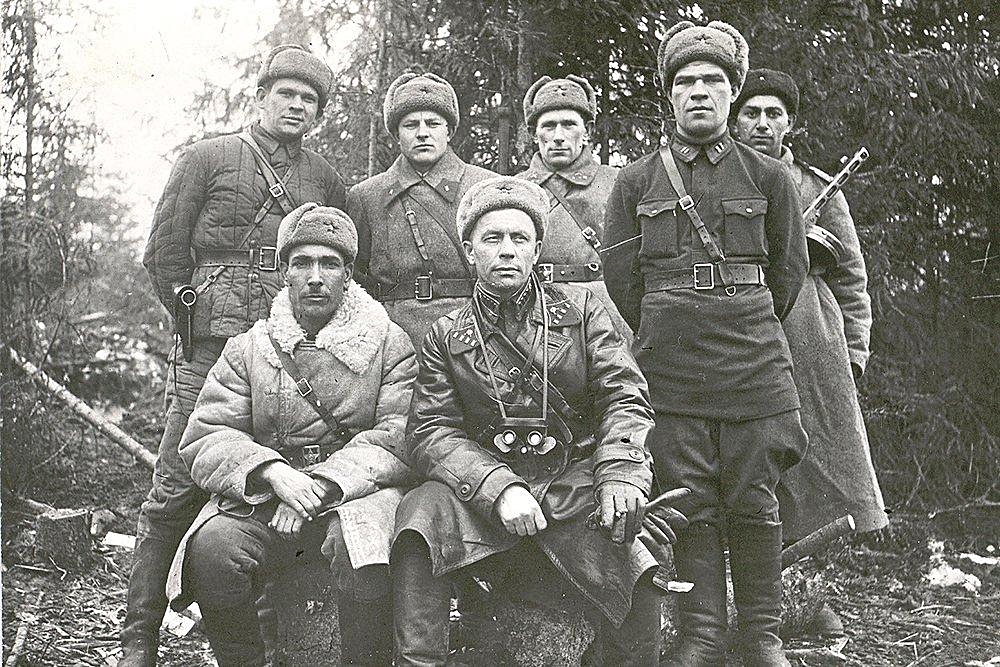Ernest Thompson Seton may not be a household name, but his principles and philosophy of character building through outdoor education have had a profound impact on millions of people. He was one of the co-founders of the Boy Scouts of America.
Seton was not just a naturalist, but also a prolific author, illustrator, artist, and lecturer. His insatiable curiosity drove him to meticulously observe, document, and draw an impressive array of animals in various habitats. From the Adirondacks of New York to the Northwest Territories to Yellowstone National Park and the Colorado Rockies, Seton ventured deep into the country’s most remote areas.

Seton’s father, Joseph Logan Thompson, was once a wealthy ship owner but faced financial challenges in England and later struggled as a farmer in Canada. The family eventually moved to Toronto in 1870. In his autobiography, “Trail of an Artist-Naturalist: The Autobiography of Ernest Thompson Seton,” Ernest described seeking solace in nature as a means to cope with and recover from his father’s abusive behavior.

Despite his father’s ambitions for him to become an artist, Ernest was determined to pursue his passion for nature. He completed his first known painting, a depiction of a sharp-shinned hawk, at the age of 16. But it was not just the visual aspect that fascinated him; he was deeply intrigued by the animal’s behavior, diet, tracks, and interactions with other creatures for survival.
Initially, his father’s vision for his future prevailed. Seton enrolled at the Ontario College of Arts and later continued his artistic studies at the Royal Academy of Arts in London. However, his time in England was marred by distress and health issues, prompting his return to Canada after seven months.
On his 21st birthday, Ernest was presented with an astonishing bill of $537.50 by his father, representing the total expenses of raising him. The audacity and perceived selfishness of this demand deeply hurt him, but he vowed to repay every cent. Though it took time, he eventually fulfilled his promise, adopting the last name “Seton” in defiance of his father’s actions.
He moved to Carberry, Manitoba in 1882, where the enchanting experience of the western frontier further ignited his passion for scientific writing. Seton later relocated to New York City, where his nature drawings caught the attention of Dr. C. Hart Merriam. Seton was then tasked with illustrating Merriam’s book on mammals and also contributed drawings for the Century Dictionary.
In 1893, Seton was drawn to northeastern New Mexico by the challenge of capturing a gray wolf known as Lobo. After trapping and killing Lobo’s mate, Blanca, Seton immobilized Lobo with traps. However, witnessing Lobo’s demise evoked a mix of revulsion and reverence, leading Seton to reconsider his beliefs about the role of predators in the ecosystem and influencing his conservation and protection efforts.

Seton developed the Woodcraft Way, emphasizing physical, mental, spiritual growth, and the importance of service. His principles included categories focused on recreation, camp-life, the magic of campfires, personal growth, and finding beauty in everything, from a slug on the ground to the sun in the sky.
In 1903, Seton published “Two Little Savages,” a semi-autobiographical book that reminisced about the freedom of the Canadian wilderness and suggested outdoor activities for young readers.

On February 8, 1910, the Boy Scouts of America (BSA) was incorporated by its founder, William D. Boyce. Seton, with his alignment of naturalist and educational principles, was designated as the organization’s first Chief Scout, playing a vital role in establishing the core values of the BSA. The first Official Handbook of the Boy Scouts of America bore the names of Seton and Robert Baden-Powell, merging Seton’s “Birch-Bark Roll” with information from Baden-Powell’s “Scouting for Boys.”
Seton also founded Seton Village, a community encompassing approximately 2,500 acres, featuring adobe houses, a print shop, a craft shop, and a barn surrounding a central plaza. He remained in Seton Village until his death in 1946.
With over 40 books sold, totaling an estimated 2 million copies, Seton’s legacy as one of the founding fathers of the Boy Scouts of America and a prominent influencer of our collective values cannot be overlooked. Despite the devastating fire that destroyed the castle and remaining land in 2005, the impact of Seton’s work lives on.

Although Ernest Thompson Seton may not be as widely recognized as John Muir, his contributions have deeply shaped the Boy Scouts of America and left an indelible mark on our shared values.

